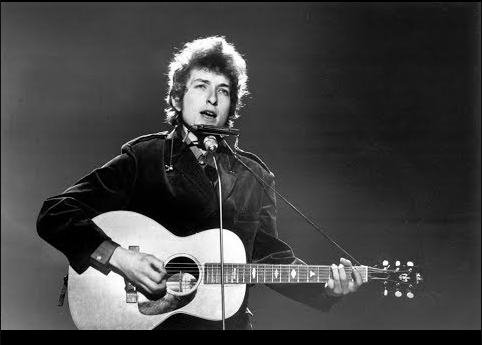A True Story
The first lines of the song (“They’re selling postcards of the hanging, they’re painting the passports brown…“) talks about three men who were in a town that has a circus. The three men, who were in the town, were accused of raping a girl in Duluth, Minnesota.
However, a mob broke them out of jail, it was on June 15, 1920, at the time, Dylan’s father, Abraham Zimmerman, was 8 years who lived in the area. The reason behind the mob breaking them out of jail was to hang them, and postcards with pictures of the hanging sold as souvenirs.
This song was the last track on the album, Highway 61 Revisited in 1965. The track is eleven minutes long and was the longest song on Dylan’s catalog at the time. Dylan only played the song a few times during concerts, and when he performs it, it may take up to 45 minutes.
It’s hard to really interpret this song because we have to keep in mind when Dylan wrote and recorded this song – he was experimenting with LSD.
Desolation Row was never released as a single, because of its length, but the album, Highway 61 Revisited went to #3 US and #4 UK.
On August 28, 1965, he performed the song for the first time at the Forest Hills Music Festival in Queens as a part of the acoustic set Dylan played before electrifying the Festival by bringing on his electric band.
Charlie McCoy played on this recording for the first time and would go on to contribute to every Dylan album from 1965 to 1970. It was when McCoy was in New York for a visit — invited by his friend, producer Bob Johnston, to go and see a Broadway show. Before they went on to the show, Johnston dropped by the nearby Columbia Studios to get the tickets. “He introduced me to Dylan,” recalled McCoy to Uncut magazine March 2014, “and he said to me, ‘I’m getting ready to record a song, why don’t you pick up the other guitar and play?’ We had time for one take, one playback and then for another session. And that was ‘Desolation Row’.”
Listen to the song below:

